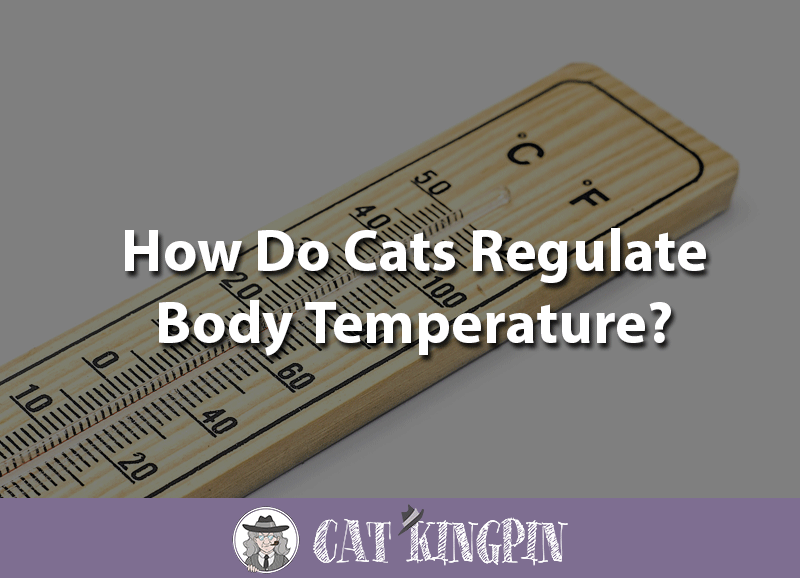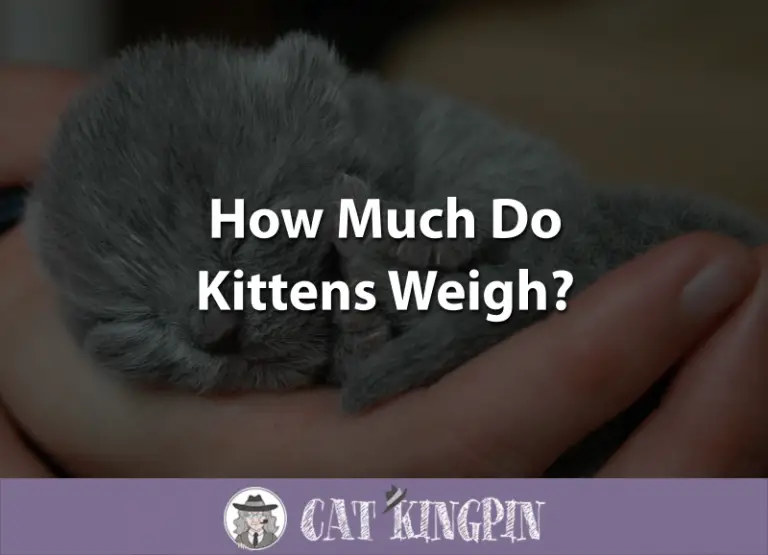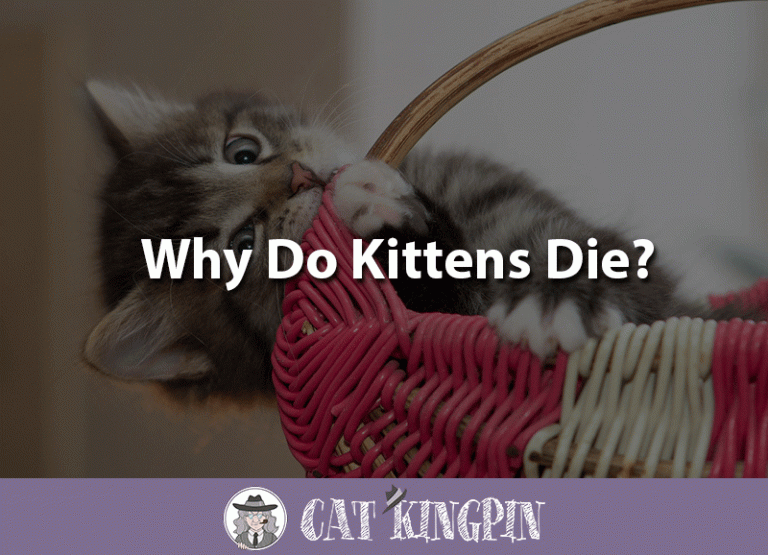How Do Cats Regulate Body Temperature?
Cats have really cool ways to keep their body temperature stabilized. Whereas kittens may have some difficulties regulating their body temperature. Regardless of how they do it, stabilizing their body temperature is important in both cold and hot weather.
In this article we will cover:
- How Cats Maintain Body Temperature?
- How Do Kittens Regulate Body Temperature?
- Consequences To Changes In Body Temperature
How Cats Maintain Body Temperature?
Thermoregulation describes the process that animals use in order to keep their body at a stable temperature. Cats are endotherms, this means they use their internal(metabolic) heat to generate a stable temperature.
Cats regulate their body temperature by; adapting and using their environment, increasing the amount heat produced by their body and adapting the heat loss from their body to their environment. Cats are quick learners and so they are able to regulate their body temperature by adapting to their environment.
If there is cold weather:
For example, cats left out in the cold may seek out shelter that they think is warm and safe.
Another induced behavior is to increase metabolic activity. This can easily be done through shivering!
By shivering, the cat is increasing muscle contraction thereby increasing the production of metabolic heat.
Shivering, however, is not the only way to increase metabolic heat. Some cats may tend to up their food intake just before the cold peaks. As such, they slowly begin to increase their amount of brown fat in the body.
Brown fat tends to contain high stores of energy and so during peaks of cold weather, the cat may slowly release these stores of energy directly as a heat. This is often the most common mechanism seen in baby mammals.
If there is hot weather:
When trying to cool down on a hot day, a cat may use a variance of mechanisms. Cats may over-lick their fur, as such the moistened fur may now serve as a cool blanket for the cat during these warm day.
In order to prevent water loss during hot weather you may notice your cat will begin to pant in order to cool down. They may also get sweaty paws (the most common area for sweating).
In extreme weather conditions, countercurrent exchange becomes more important. This simply means blood can be warmed through the exchange of heat from other blood vessels, thus keeping the brain at a constant, stable temperature.
If you want to learn more about how to keep your cat cool during the hot summer months then this video will give you some great tips. Additionally, you can download it, edit it using the Adobe Express video editing tool, and share it with friends along with useful tips.
How Do Kittens Regulate Body Temperature?
Kittens below the age of 4 weeks tend to have a difficult time regulating their body heat this is because their metabolic activity it not yet completely developed. As such, young, orphaned kittens often rely on their external environment to regulate their body temperature.
One external factor is that the kitten will use its mother and siblings body heat in order to keep warm. If you find yourself struggling to keep your orphaned kitten warm, then I would recommend the K&H Thermo-Kitty.
Kittens also need to be fed on a regular basis in order to keep their metabolic rate functioning. As such, if she isn’t getting fed enough then she isn’t going to develop properly. This means that poor nutrition can lead to issues such as hypoglycemia.
If feeding a kitten under 8 weeks of age, then ideally feed them as frequently as possible(speak to your vet about frequency). The most commonly recommend milk replacement for kittens is this product.Even though they are young, there is no need for diapers!
Consequences To Changes In Body Temperature
The average body temperature of a cat is about 100 degrees Fahrenheit. When the body temperature of a cat either increases or decreases significantly, then this can result in a severe metabolic compromise.
A low body temperature is referred to as hypothermia and can occur as a result of shock, toxicity and the environment. This is can result in severe lethargy, shivering, decreased heart rate, pale gums and even death in extreme cases.
Consequences of high body temperature in cats is presented in the form of fever and often occurs as a result infection, metabolic or endocrine disease and sometimes cause can be unkown. Keep in mind, this doesn’t necessarily affect their outward appearance, such as their eye color.
Often high body temperature results in symptoms such as high dehydration, shock, increased heart rate, shivering and death if left untreated.
So, How Do Cats Regulate Body Temperature?
Well, they have many mechanisms that help them keep warm or cool during extreme conditions. If you have an outdoor kitty who needs to be kept cool then make sure they have access to a cool bedding/shelter area.
Pet Peppy has a lovely self heating outdoor house for cats that may venture out in the cold during the winter months. Petsift also has an outdoor house, that can provide shade and shelter for cats during the summer months
Its also important to make sure your cat has plenty of water to keep hydrated when out in the heat. The Catit Flower Fountain can help provide a good, fresh flow of water supply to your outdoor kitty.
If you have more questions about cat biology, find out here how often cats urinate.
If you have any questions on how cats regulate their body temperature or if you have an interesting story to tell. Then leave a comment below.







